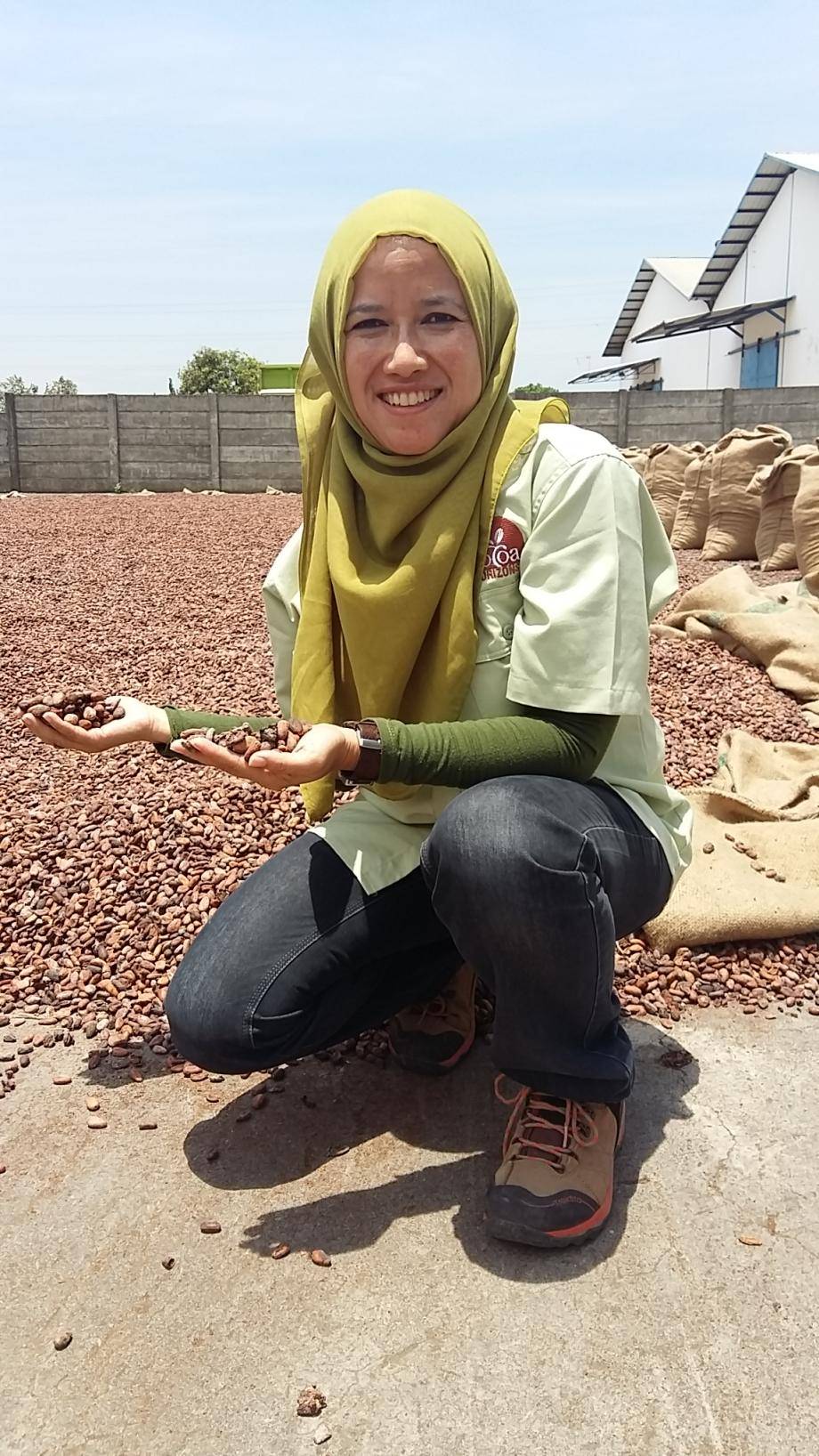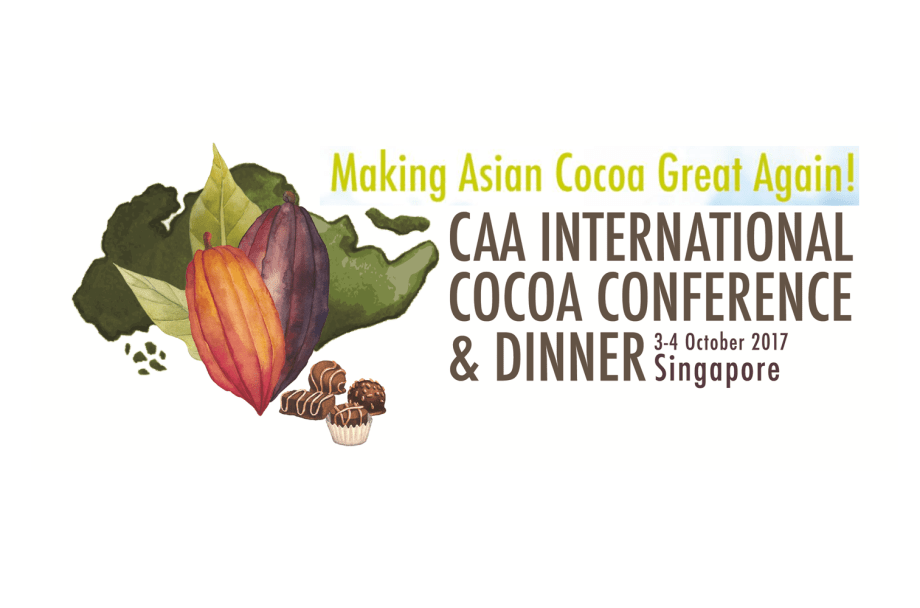Can we really make Asian cocoa great again?

Can we really make Asian cocoa great again?

Cocoa bean producers in Asian countries, namely Indonesia, are stepping up to improve the supply of cocoa beans
Can we really make Asian cocoa great again?
Even if our slogan appears to be just a tongue-in-cheek statement for an international cocoa conference this October, this call to “make Asian cocoa great again” is getting a number of us excited. Is this a premonition of a return to an age when cocoa crops and grinding were at an all-time high?
But first, let’s understand if the cocoa market in Asia is really in a bad shape today
The entire cocoa supply chain is long, from sourcing cocoa beans from farmers all the way to selling cocoa ingredients to customers. When you scan through the entire supply chain and its processes, you will naturally find a number of areas with the possible mileage for problems.
Cocoa bean production in Asia has experienced some quick increases and declines over the past decades. In the 1980s, Asian annual cocoa production hovered around 400k metric tonnes (MT), went up to over 600k MT in the mid-2000s, but today is less than 400k MT.
We have witnessed the almost complete disappearance of the Malaysian crop and now, the trends in Indonesia are worrying. The steady and deep decline in cocoa supplies from Indonesia in the last few years is a big issue. The country has been the main supplier of cocoa beans in Asia and to the Asian factories. Needless to say, there is a high-level concern in the industry regarding this and many are trying to take action to reverse it.

Cocoa and chocolate manufacturers are capitalizing on the growth opportunities in Asia
Cocoa and chocolate growth around the world
Regarding cocoa products, there is the question of whether cocoa and chocolate growth has hit a wall. When we look towards North America and Western Europe, you can see changes in consumer behavior driven by the undercurrent of evolving snacking habits and concerns surrounding health and sugar consumption.
Although cocoa and chocolate are still on an upward trend in Asia - with regional growth estimated at 5% - there is still the nagging question of whether the changing consumer patterns in North America and Western Europe will influence or have already influenced the growth opportunities in Asia. Perhaps the double-digit growth forecasts were overly enthusiastic? To put it in context, a 5% growth would be lauded as fantastic for the European market.
For some, reality seems more optimistic than it sounds.
Recently there has been a lot of interest on cocoa beans in other countries too, like Vietnam and the Philippines, for example. The opportunities for raw material there is still very exciting.
Despite all the issues around the shortage of cocoa beans, Asia is still one of the biggest cocoa producers today and we need to do something to push the growth back to where we were before the decline.

In the past year, Japan has experienced interesting developments with chocolate and cocoa products
On the flip side
When we look at the health of the market from a products perspective, it is probably still the most robust in terms of growth and new things happening in the market. So, on the demand side, yes, there has been a change in perhaps the speed of growth, but we are still growing at very high levels in an extremely dynamic market.
Take Japan for example. Japan was perceived as one of the quickest declining markets in Asia. In the past year, however, there were some really interesting developments in cocoa and chocolate in the market. A huge emphasis on the health benefits of dark chocolate and the positive benefits of flavanols in cocoa drove market growth of over 5% - something unprecedented in previous years. This turn of events established the confectionaries segment as the biggest snacking category in the country.

Evolving consumer trends are spurring new opportunities in Asia
Surprising developments in the different markets
On top of that, there are many other markets in Asia spotting interesting developments, each evolving in accordance with its distinct consumer trends. The well-being of the consumption and manufacturing sector is very dynamic, so there are many positive things on that front.
If there are such dynamic developments happening in an old market like Japan, you only have to look at the newer markets such as India and China to consider how many opportunities there really are in Asia. Of course, the title of the conference was tongue-in-cheek on some levels but we want people to focus on the golden opportunities in Asia.

The CAA International Conference is expected to be the largest cocoa event in the year for the region
It’s time to huddle
These are the questions and issues we want everyone to huddle around at our next international cocoa conference in Asia. It is prime time to discern together the opportunities available and the true growth potential of the Asian markets. Is it really as dynamic as people think they are?
There are many positive things and that’s why we have invited Bas Smit, Global Marketing Director of Barry Callebaut, as a speaker at the conference. We know his strengths in analyzing market trends and articulating these forward-thinking ideas of where consumer patterns will be heading in the market.
So, I think we stand a chance to make Asian cocoa great again. What do you think?
